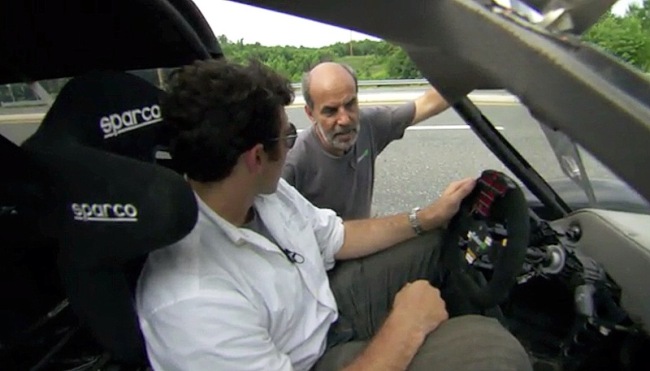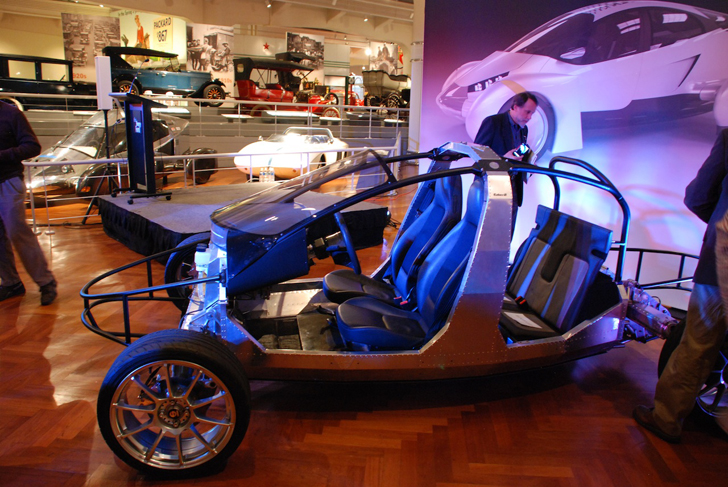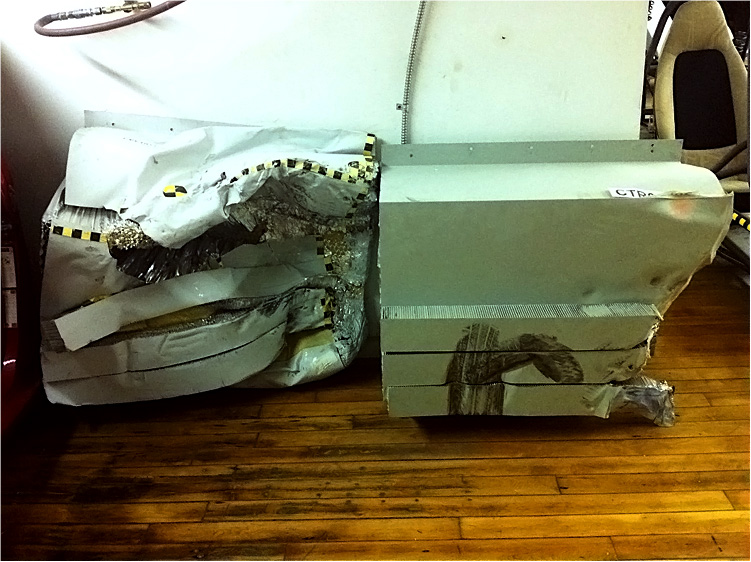THE NEED FOR SPEED RECORDS

We’ve let slip recently that Edison2 is working to attempt at least one FIA World Speed Record with X Prize car #95. What are Speed Records and why do them?
Let’s start off with some background: The FIA (Fédération Internationale de l’Automobile) through a complex network of subsidiary and affiliated organizations, is the official governing body of motorsport and records worldwide. The FIA ultimately controls Formula 1, for instance. They’re the automotive equivalent of the International Olympic Committee. Anyone can organize a car competition without FIA sanctioning, just like anyone can have an athletics event without the IOC. But if you want to get the real medal, the one that counts, you have to do it right. And for us that means doing it under FIA oversight.
Richard Petty famously said the first car race took place shortly after the second car was built. He may well be right but in fact organized speed records predate organized races, and the first outright land speed record was set in 1898 by an electric car at 39.252 mph. The first record over 100 mph was set only 6 years later. It’s impressive to see how quickly automotive technology grew and improved: 200 mph was broken in 1927, 300 mph in 1935, and 400 in 1963, 50 years ago.
As cars for absolute land speed records became more and more specialized, the FIA realized it had a duty to promote the development of worthwhile cars for people to buy. They instituted a system of vehicle categories by engine type and size and created a series of records designed to demonstrate stamina as well as speed.
The FIA publishes a list of current record holders, and it’s clear some famous manufacturers – Porsche, Ferrari, MG, Fiat-Abarth, Mercedes, Ford, Subaru – use record breaking as a way to establish and demonstrate their latest designs. Some of the names on these records are legends: Carroll Shelby, AJ Foyt, Graham Hill, Phil Hill, Mickey Thompson and Stirling Moss.
The Edison2 X Prize VLC fits in FIA Category A-I-1 for supercharged reciprocating engine cars of less than 250cc. The records for this category range from 1⁄4 mile to 24 hours. On studying the current records, we feel we have the performance to take those we’re interested in. But it’s also clear the people who hold them now set standards that are difficult to beat. To rewrite history, to join the ranks of legends, to receive the “Olympic Medal” of an FIA record – these are a few of the many reasons we feel the need for a World Speed Record.


 Thursday, September 12, 2013 at 05:35PM
Thursday, September 12, 2013 at 05:35PM